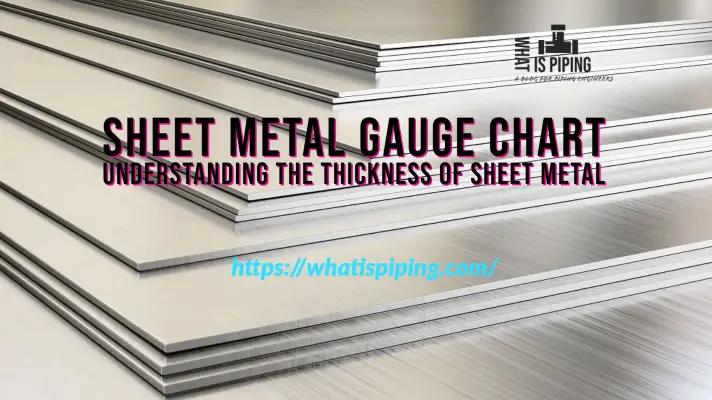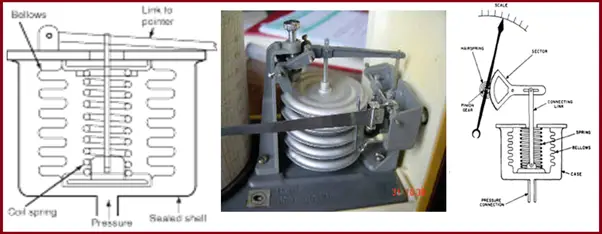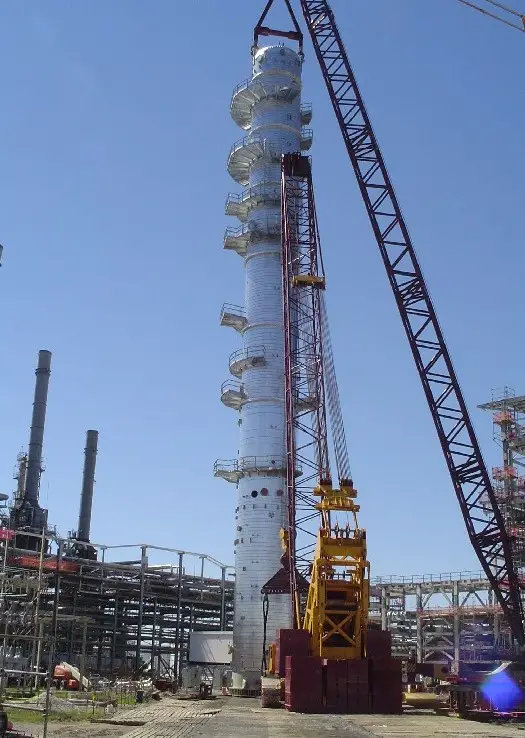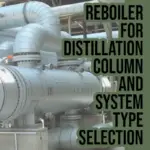What are Vessel Trims?
Vessel trims are independent piping and instrument items that are directly attached to the pressure vessel. These pressure vessel trims are required for displaying the process parameters inside the vessel and for operation and maintenance purposes. By reading such working process parameters of a horizontal or vertical vessel, the performance and working of the pressure vessel can be known. The vessel trims provide various information like:
- the utilization capacity of the vessel
- the working temperature
- the working pressure
- fluid flow
- fluid level
Examples of Vessel Trims
Typical examples of pressure vessel trims are:
- pressure gauge
- temperature transmitter,
- pressure transmitter
- temperature gauge
- sparge tubes
- rotameter
- dip tubes
- potential difference transmitter
- level gauge
- overflow and vent piping
- spray ball assemblies, etc.
Characteristics of Vessel Trims
All such pressure vessel trims are linked with the DCS system for control room operation for reading purposes. Few of the vessel trims are considered piping items while a maximum is considered instrumentation items.
Vessel trims are independent items and are not manufactured along with the pressure vessel. However, the exact location of such vessel trims must be informed to the vessel manufacturer prior to the fabrication of the vessel. Usually, the piping engineer is responsible to consider and locate the pressure gauge, potential difference transmitter, level gauge, temperature gauge, level bridal, rotameter, and future connections with valve and blind flanges and inform the vendor of the exact locations. All these items can be removed from the vessel. Vessel trims are usually bolted with a vessel nozzle with a flanged connection.
All vessel trims must be easily accessible. They should be visible easily to the plant operators and hence, must be installed at a reasonable height. A ladder and access platform must be provided for big-diameter vessels when vessel trims are mounted on the top of the vessel. Usually, a separate vessel trim drawing is prepared to identify all these items. The scope and supply of vessel trims must be decided with the vendor prior to order finalization.
All vessel trims must be indicated in the process P&IDs. Usually, these are added in the detailed engineering phase of any project. All vessel trims are loose items and are generally identified by a trim number (line number). The design and materials of vessel trims are the responsibility of the piping engineer. The vessel trim materials are usually selected according to the designated piping material class.
Online Course on Pressure Vessels
If you wish to learn more about Pressure Vessels, their design, fabrication, installation, etc in depth, then the following online courses will surely help you:









I am interested in reading your piping journals every week, kindly feel free to post to me.
on the following areas.
1. piping and layout design and engineering
2. piping stress and flexibility analysis
3. piping material
YES